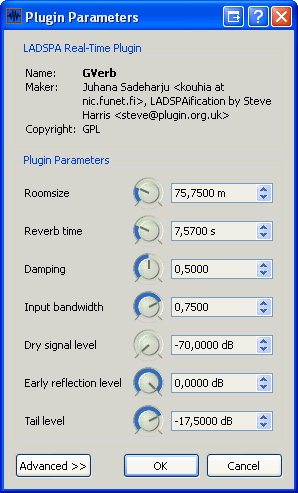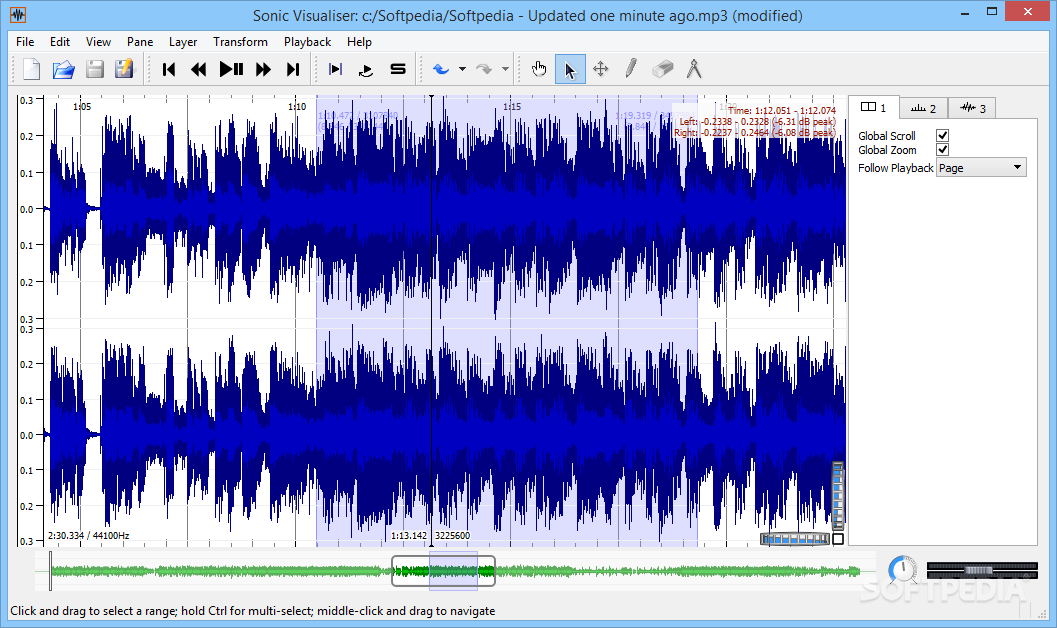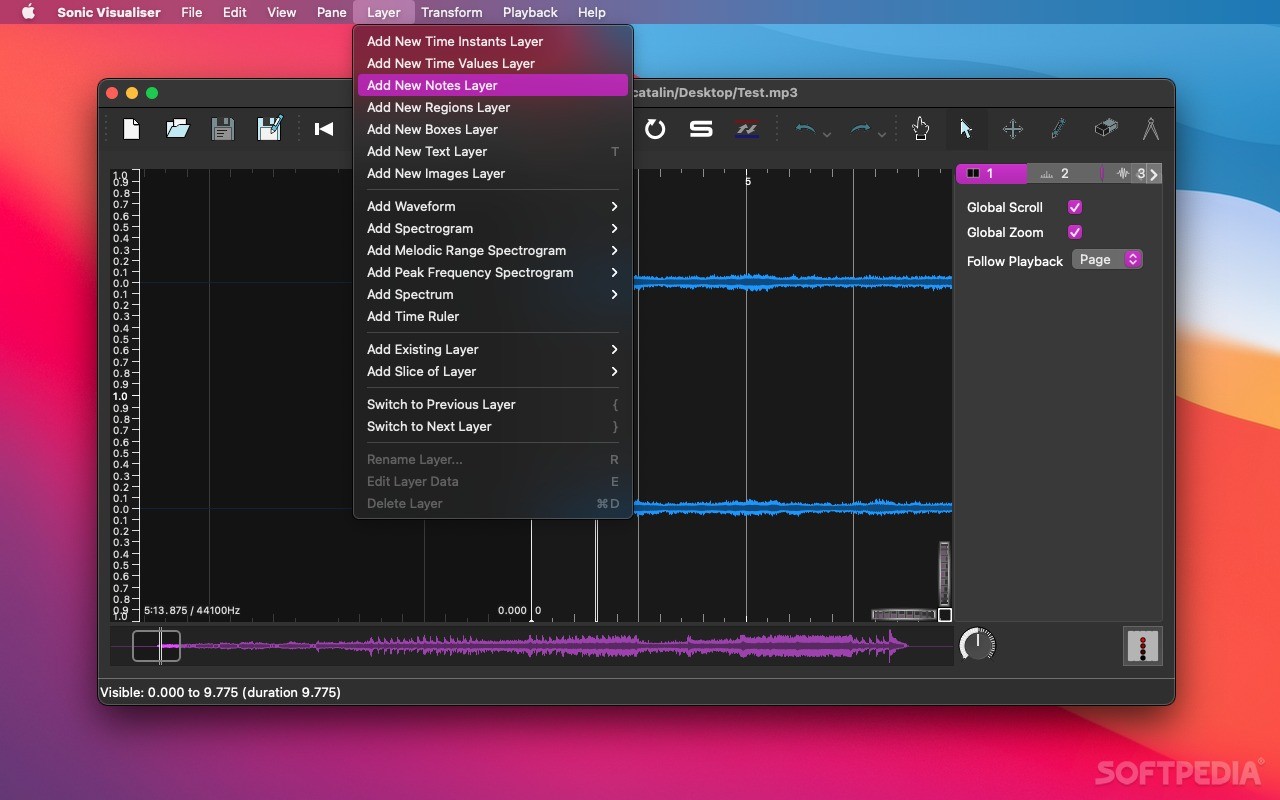

The Window Overlap setting blurs or sharpens the blobs.Try it both ways and see what you prefer. You can further focus the fundamentals by changing the normalization on the "Scale" line, but that can also add puddles of blue to other parts of your spectrogram while de-emphasizing the fundamentals.

A value of 16384 focuses the fundamentals to a width of only a few Hz while still allowing for reasonably acceptable scrolling motion during playback on my 6th gen Core i3. Larger values make the blobs skinnier for greater accuracy, but at the expense of CPU usage. The value of the Window size changes the level of focus for the spectrogram.You can watch the value change in the status bar on the bottom edge of the window. Click the dial and drag straight up to rotate it clockwise, or down for counter-clockwise.

#Sonic visualiser spectrpgra.com free
Developed by Chris Cannam of the Centre for Digital Music at Queen Mary, University of London (with some input from CHARM), this free program is a highly. This template is a good starting point for creating your own template. The essential requisite for analysing recordings is a system that allows you to listen to them closely and flexibly, and for this purpose we recommend Sonic Visualiser. Select "Waveform and Melodic Range Spectrogram", and hit Apply.
#Sonic visualiser spectrpgra.com software
After downloading the software and installing, you're ready to start making spectrograms immediately, although I'll suggest a few settings tweaks to make your spectrograms more easily readable.īefore loading up an audio track, go to the File menu -> Preferences.


 0 kommentar(er)
0 kommentar(er)
